Science and Technology
in the News
Science and Technology
in the News
News Center
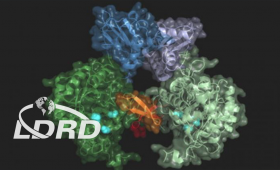
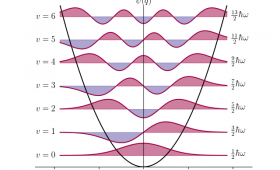
Understanding waves is fundamental—through them we see, communicate, transmit energy, probe the universe. Experimenting with harmonic oscillators, such as a mass on a spring, is a great way to understand how waves work.

The pressure of fluids like air and water regulate many natural processes from those in living organisms to the weather.
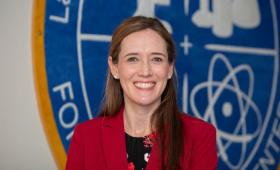
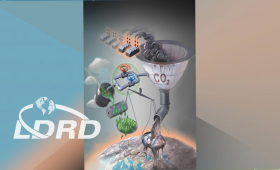
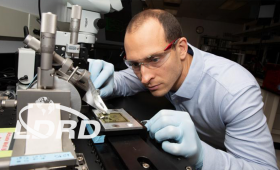

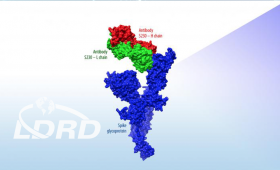
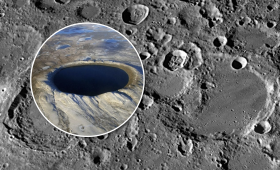
Collisions are all around us. Analyzing them can help us understand such phenomena as the flight of a golf ball when it’s hit by a club, or the behavior of the particles that form matter.
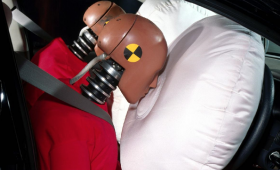
Objects move and halt when forces are applied. Mass, velocity, and time define the physical quantities of impulse and momentum. Understanding them is crucial to designing safer products like cars, shoes, sports equipment.

